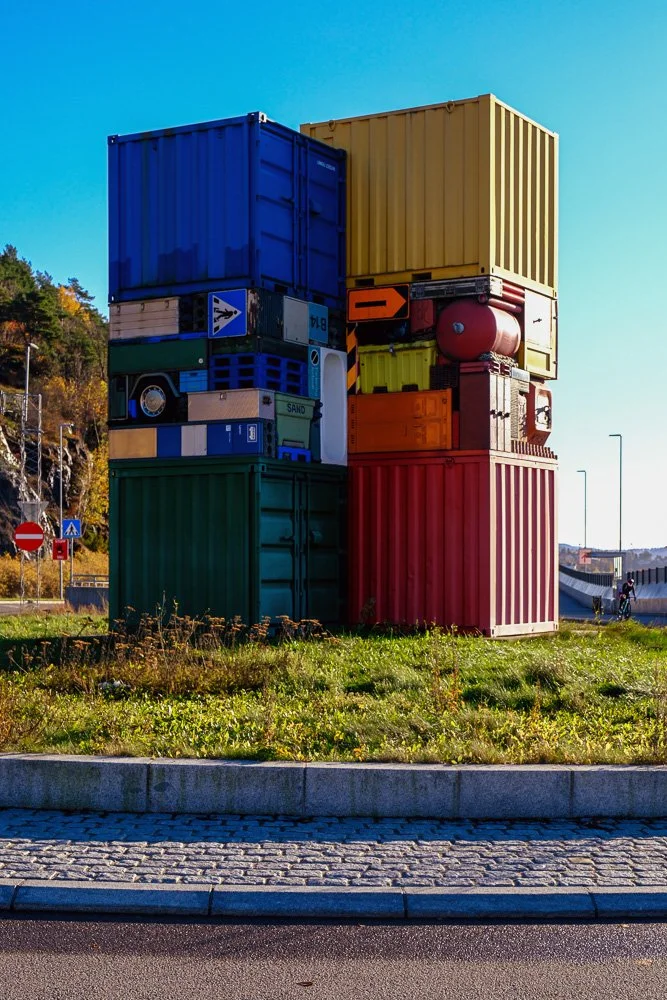nordstrand
Oslo, Norway
Badebryggen - the bathing pier - provides access to swimming and engaging views of the city and the fjord. Built by the Port of Oslo in 2004, the area was upgraded in 2019 as part of an urban renewal project that greatly expanded parkgrounds, a parkour area, a volleyball court, a barbecue area, outdoor showers, and the angular diving jetty, pictured. The bathing area and park are adjacent to the historic iron bridge to the island of Ormøya.
Nordstrand
Nordstrand district is South Oslo, along the Fjord, and includes the islands Ulvøya, Ormøya and Malmøya.
Nordstrand is the second largest district, located on the south part of the city and along the eastern side of the Oslo Fjord. The district also includes three islands connected to the mainland by road and small bridges. There are boats, marinas, bathing beaches, bathhouses, and many old wooden houses. Recent developments have expanded and enhanced the coastal public spaces, creating a buffer to commercial port activities, protecting forests and nature conservation areas and strengthening public access to the fjord.
Nordstand's residential developments mainly consist of single-family houses along the fjord sides, on the islands, and upon the Nordstrand plateau, which is 100–140 m (330-460 feet) above sea level. Nordstrand is the site of Oslo's first satellite town, Lambertseter, developed in the post-war era with blocks of flats and terraced houses.
Ekeberg is an area within the district defined by a distinctive rocky plateau. It is the site of a large park and recreation area and, famously, the viewpoint overlooking Oslo, where Edvard Munch had his experience that inspired his oeuvre on "The Scream". A sculpture park at Ekeberg has artworks spread around the whole park by local and internationally renowned artists – such as Salvador Dalí, James Turrell, Louise Bourgeois, and Damien Hirst.
Today, urban renewal initiatives are underway in Nordstrand, extending the city's focus on its waterfront developments, creating a denser city with taller buildings, creating new public space, and enhancing public access to the fjord.




























